Choosing the right piece of equipment for any given farming job is not always easy. Soybean, small grains (like wheat), and corn growers can share many different pieces of equipment, and no matter what crop you are harvesting, a combine can be used. When it comes to planting no-till, two main pieces of equipment will help get the crops in the ground: a grain drill and a planter.
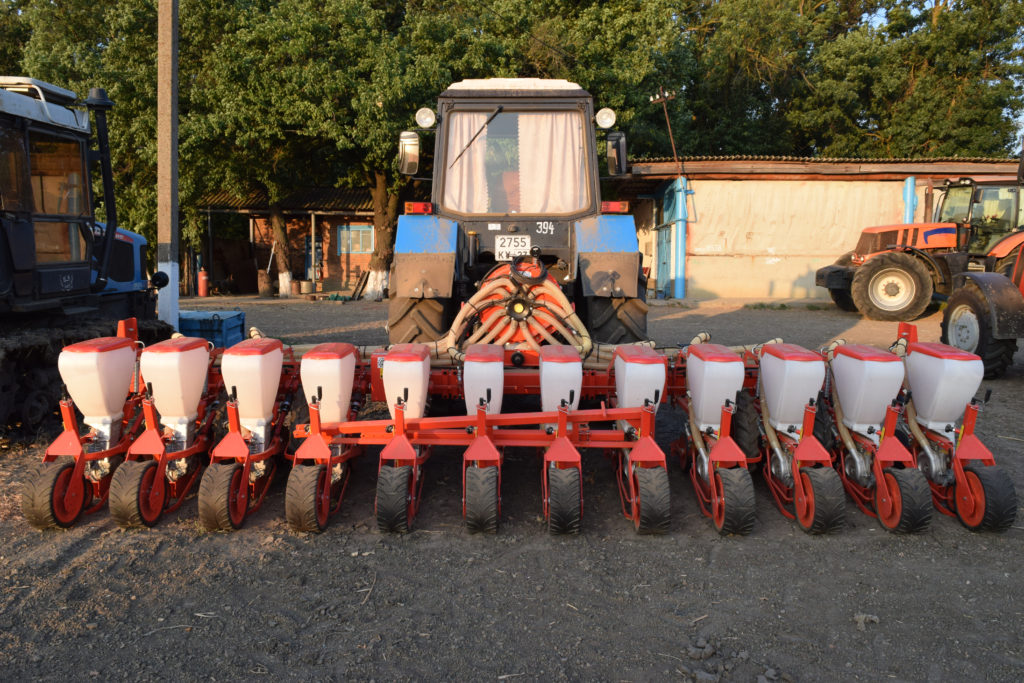
What is No-Till Farming:
Tilling is a traditional farming method that controls weeds, shapes the soil into rows for crop plants and creates furrows for irrigation. Plowing flips over the top layer of soil incorporating nearly all residue into the soil. Tilling and plowing can lead to negative effects such as: soil compaction, loss of potential recuperation of last year’s crop waste left to break down, degradation of soil structure), erosion, and disruption of soil organisms. A no-till system minimizes soil disruption. A grain drill is used to seed wheat and soybeans. A planter is used to plant other crops like corn and sunflowers. Both pieces of equipment are used in no-till farming.
No-Till Farming Can Work For Many Farmers
There are pros and cons for any approach to farming. Each farmer needs to decide what is best for a property. The down-side of no-till, is the loss of physical weed control. No-till makes other forms of weed control necessary like chemicals, biotechnology or cover crops (a crop that is planted in between crops). In places where the wind is a problem, no-till will allow soil structure to be maintained and reduce erosion. Soil quality will also improve from leaving leftover crop residue to break down in the field. A no-till system allows producers to make fewer passes through a field, thereby reducing fuel use, labor, and requirements for tilling equipment, this translates into cost savings.
So what does a drill or planter have to do with no-till…?
Both the planter and drill contain mechanisms and are designed specifically for a no-till system. In both the drill and the planter, they must be able to cut through or move aside the leftover residue from last year’s crops as well as ensure proper depth so that the seed makes good contact with the soil.
No-Tilling Starts With Drilling
No-till farming starts with the no-till drill. A Traditional drill consisted of a seed hopper installed above a series of tubes that can be adjusted to specific distances from each other. Most seed drills now use compressed air to transport the seed from the hopper, through a tube and into a disc at an angle with a boot attached. This disc opens up the soil and creates a small furrow to accommodate the seeds. The discs distribute the seed into the ground and cut through any leftover residue from previously harvested crops. There is another piece on the back of the drill that drags behind and covers up the furrow made by the disc. A drill can allow farmers to plant seeds in rows, spaced correctly, at a specified depth, and at a specified rate. The seed drill allows farmers to plant seeds without back-tracking.
A Planter can Take No-Till to the Next Level
The drill makes it easier to control depth and spacing, but the planter makes it even easier. A planter is a precision tool ideal for crops like corn and sunflowers. When planting these crops, row spacing, depth, and plant spacing are critical. The planter is less useful for small seed crops. Wheat and soy don’t see as much benefit from this tool compared to a drill.
The planter has three main parts. The “trash wheels” move aside any leftover residue in the field. The planter works almost like the drill but with a vacuum system. Seed is taken from the main hopper to small hoppers for each row. A vacuum sucks the seed from the small hoppers into a disc that has holes for individual seeds. As the disc rotates, seeds are dropped into the ground in precise increments. The depth is adjustable like with the drill, but the planter can also manage the distance from seed to seed in a row.
Like the drill, there are discs that open the soil and make a furrow to deposit the seed into, and a furrow closer that trails behind.
The Right Equipment is Key to a Farm’s Success
The right no-till planting equipment can help raise efficiency and keep the property in top shape. Farming equipment costs can be substantial, and it’s important to take advantage of all sources of funding available to your farm. Whatever you decide: Buying new or used equipment will be a key to your on-farm success. Start or expand your farming business now: the Canadian Grants Business Center can help.
Contact us now to find out more!


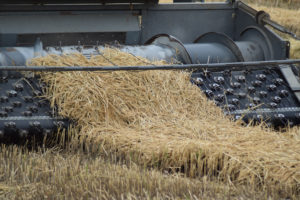

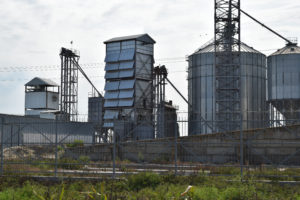
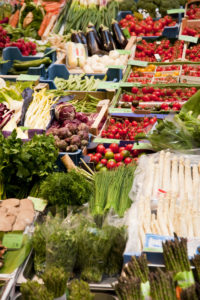 Some farmers become too focused on their ideologies. New farmers, particularly those in urban areas and farmers using sustainable techniques , may focus all their energy on big world issues — environmental, economic or political. A global focus may cause them to miss small opportunities in front of them. They may get discouraged that their local actions are not having enough of a global impact.
Some farmers become too focused on their ideologies. New farmers, particularly those in urban areas and farmers using sustainable techniques , may focus all their energy on big world issues — environmental, economic or political. A global focus may cause them to miss small opportunities in front of them. They may get discouraged that their local actions are not having enough of a global impact.



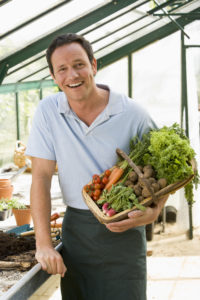 asing factors at play when talking about greenhouse based indoor growing. Pest and disease control are more straightforward, as access to external pathogens and organisms can be limited much more extensively than in an open field. As a result, greenhouse crops often do not require chemical pesticides or herbicides and are less likely to fail from fungal or bacterial illness.
asing factors at play when talking about greenhouse based indoor growing. Pest and disease control are more straightforward, as access to external pathogens and organisms can be limited much more extensively than in an open field. As a result, greenhouse crops often do not require chemical pesticides or herbicides and are less likely to fail from fungal or bacterial illness.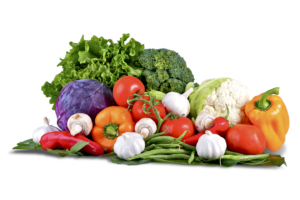
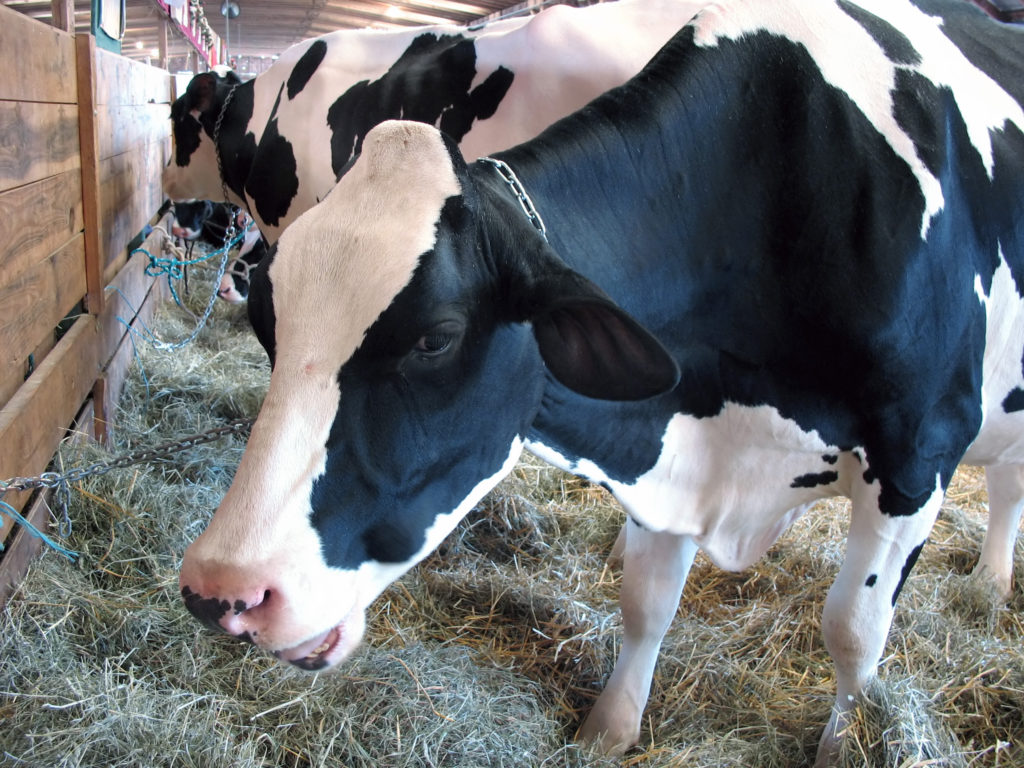
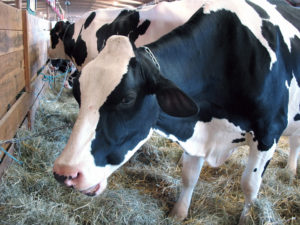

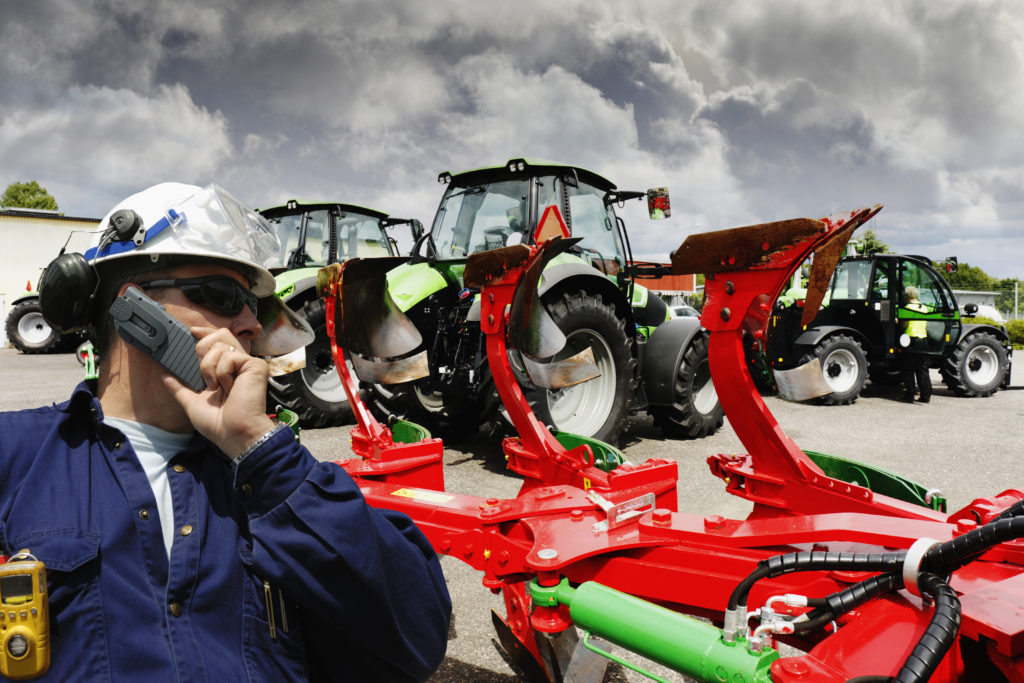
 Canada. Summer 2017 will come and go faster than we realize, so don’t procrastinate.
Canada. Summer 2017 will come and go faster than we realize, so don’t procrastinate.